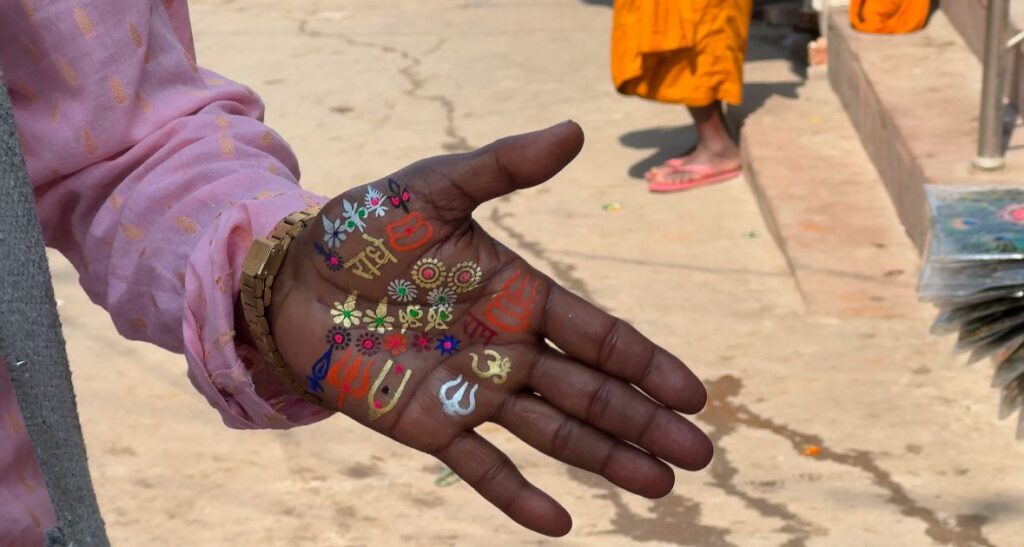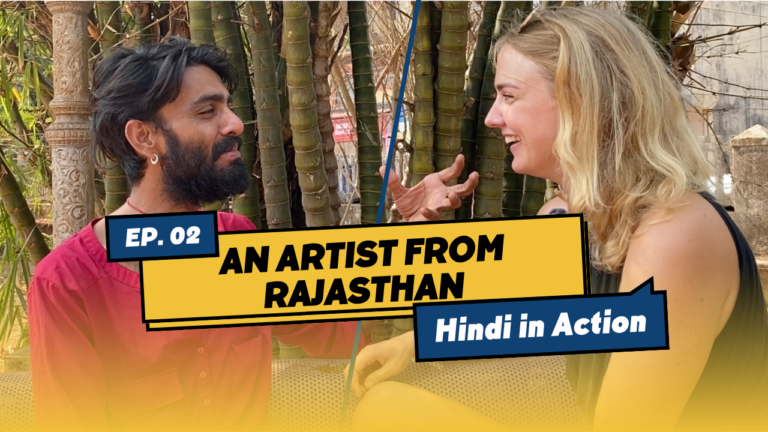Rishikesh lies in the north of India, gently nestled at the foot of the Himalayas along the sacred Ganga River. Known as a global capital for yoga and spiritual retreats in India, it’s the kind of city you could talk about from sunrise until the stars come out. But if you’re reading this, chances are you already know a little about Rishikesh, maybe you’re even planning a trip. In this local guide, I’ll share where to stay in Rishikesh, explore some of the city’s most popular neighborhoods for yoga, culture, and nature, and show you what makes each one unique. I feel a strong sense of responsibility because we’re talking about a city. I don’t want to impose too much of my own perspective because it’s important to maintain a balance so that everyone can see it in their own way.
Below, we’ll explore seven unique Rishikesh neighborhoods and what makes each one special including hidden gems, café culture, local temples, and more.
Rishikesh is also the starting point of many pilgrimage routes, and during certain months, it gets quite crowded. So, it’s good to plan ahead.
What’s Inside This Guide
Tapovan
Yoga Retreats and Spiritual Forest
Tapovan is the last district on the mountain side of Rishikesh. Its name comes from Sanskrit and means “a forest for spiritual practice.” In India, any place where someone has done deep spiritual work may be called a Tapovan – even if there are no actual trees. Caves and remote places where sages and sadhus lived are also known by this name.
Today’s Tapovan is a growing neighborhood on the right bank of the Ganga in Rishikesh. It’s especially popular among international visitors seeking yoga retreats, meditation centers, or spiritual travel experiences in India.
Yoga schools and modern cafés sit beside quiet temples and sacred fire ceremonies, creating a unique mix of tradition and global wellness culture.
Tapovan has more than 50 yoga schools of different styles (from Hatha to Ashtanga and Vinyasa), along with ashrams and temples. You can attend a service, join a yoga teacher training course, or simply stay and live here for a while as part of your spiritual journey in India.
The area is divided into Upper and Lower Tapovan.
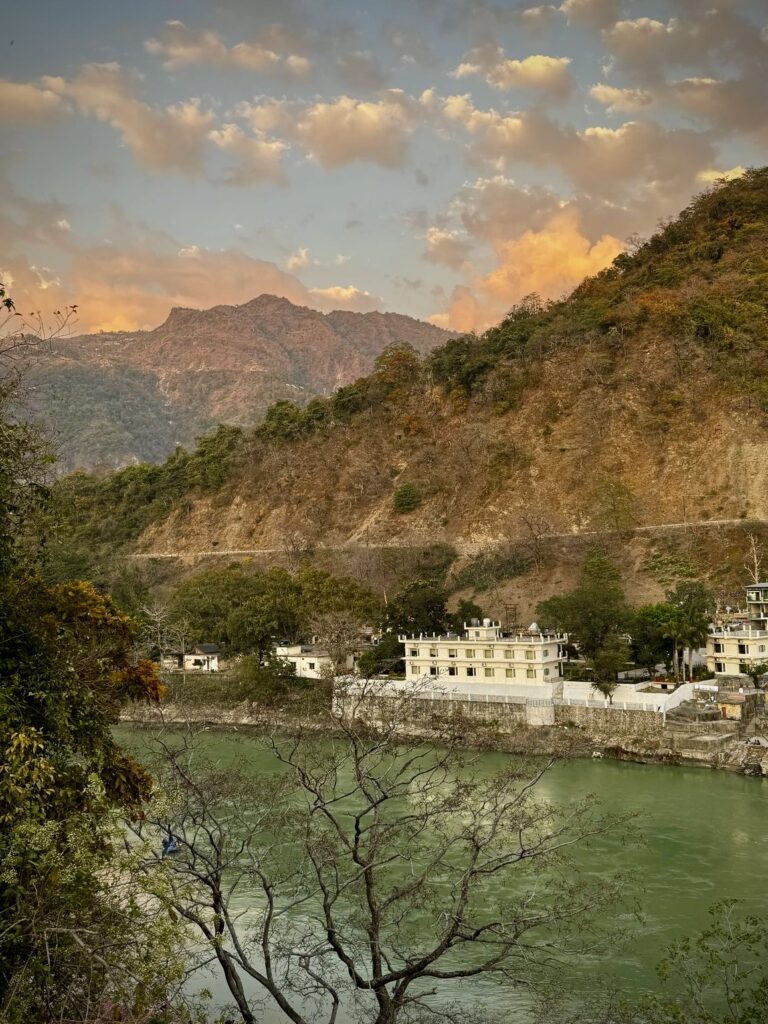

Laxman Jhula
Less Commercial But Equally Iconic
This area is centered around the famous Laxman Jhula bridge, which has been under reconstruction for the past four years. Most of the neighborhood lies on the left side of the Ganga River. You can recognize it by the famous 13-story Trayambakeshwar Temple, painted in vivid saffron and white – a symbol seen on postcards across India. The temple is dedicated to Lord Shiva – one of the three most important deities in Hinduism. He is often shown meditating in the Himalayas, with a crescent moon in his hair, a snake around his neck, and the river Ganga flowing from his matted locks.
This is a great place for travelers who enjoy street food, market shopping, and old-school cafes. Here, you’ll find:
- Traditional clothing stores and handicrafts
- Honey from local beekeepers
- German Bakery croissants
Whether you're here for a short trip or a longer cultural immersion, here are a few easy ways to find accommodation in Rishikesh:
- Wander through the areas you like and ask in person (many guesthouses don’t list online) - Book in advance on platforms like Airbnb or Booking.com - Check local communities on Telegram, Instagram, or Facebook for short- and long-term rental options.
Muni Ki Reti
Music, Rafting, and Local Secrets
Muni Ki Reti, also known as Kharasrot, is a lesser-known but culturally rich part of Rishikesh. It’s a great choice if you’re looking to combine music, river adventures, and local life.
Three things you won’t miss:
Classical Indian Music Schools It's home to Rishikesh's first music school, now split into two: Pankaj and Ramesh Music Schools. Two brothers, living next door to each other, continue the work of their father. They teach sitar, harmonium, tabla, singing, and Indian philosophy. Many international students come here to learn Indian classical music in Rishikesh, often staying for weeks or months.
Ganga Rafting Starting Point This is where Ganga rafting in Rishikesh starts. The river is full of boats and tour agents. Rafting is seasonal, from September to November and March to May. Rafting has only recently been allowed here, but it quickly became one of the most popular activities in Rishikesh. Some people, especially those connected to spiritual traditions, believe rafting should not happen here, as the Ganga is a sacred river.
The Taboo Zone Rishikesh is officially vegetarian and alcohol-free, but here you might notice “underground” shops behind closed doors. You may see one with a locked gate, a small building that looks like a storage unit, with a bit of drama happening around it. It’s a glimpse into the offbeat side of Rishikesh, where local life quietly coexists with the city’s spiritual image.

Ram Jhula
Yoga by the River and Promenades
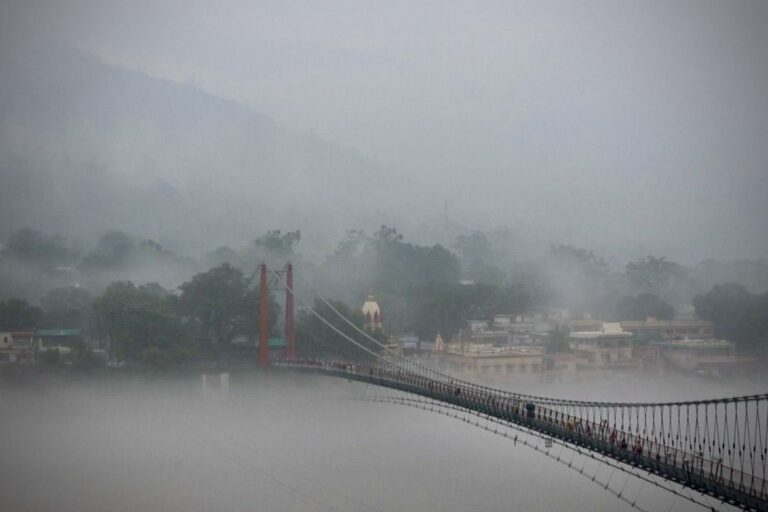
Ram Jhula is one of the best places to stay in Rishikesh for yoga and peaceful walks. It sits just south of Laxman Jhula and is less commercial but equally iconic. The area stretches along both banks of the Ganga, connected by the Ram Jhula bridge.
You’ll find Swami Sivananda’s Ashram and the beginning of a long promenade along the Ganga, about 4 kilometers long.
You’ll find Gita Ashram, peaceful walkways, and a beautiful café called The Soul Kitchen. If you appreciate organic, lovingly made food in a calm space, you’ll love it here. They offer vegan, gluten-free, and low-sugar options.
Ram Jhula is also a home to several yoga schools. One of the most well-known is Swasti Yogshala, where Surinder Singh, a gifted hatha yoga teacher, whose students return year after year. His school is located in Jonk Village, which is next to Ram Jhula and also leads to the Bhutnath Temple.
Janki Bridge
To Neelkanth, Beatles Ashram, and Beyond
Janki Bridge is one of the largest bridges in Rishikesh, allowing scooters to cross.
On the right bank, you’ll find the Madhuban Krishna Temple, dedicated to Lord Krishna, a beloved deity in Hinduism known for his teachings in the Bhagavad Gita. On the left bank, you’ll arrive at Parmarth Niketan Ashram, one of the largest and most popular ashrams in Rishikesh, offering yoga, meditation, and spiritual retreats. At its entrance stands a striking sculpture of Krishna and Arjuna on a chariot, depicting the moment from the Bhagavad Gita where Krishna guides Arjuna in battle — a powerful symbol of wisdom, devotion, and inner strength.
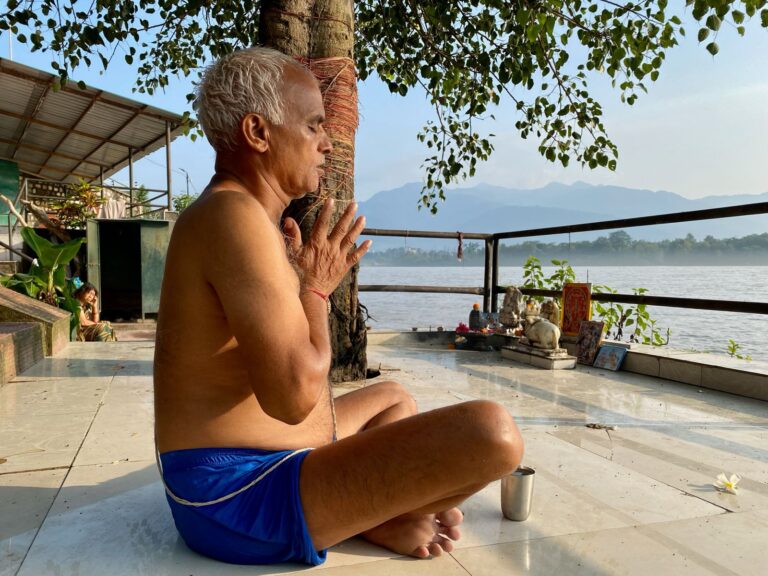
From this area, one of the most spiritual neighborhoods in Rishikesh, you can begin your pilgrimage to Neelkanth Mahadev Temple, a sacred destination for devotees from across the region.
Near the bridge, deep in the jungle, you can also find the Beatles Ashram, now a museum. Dome-shaped huts and silent meditation rooms sit hidden in the greenery, still humming with creative energy left behind by a different kind of pilgrimage.
In August, during the festival of Shivratri, many pilgrims in orange clothing walk through this area toward the temple. Locals call them “Bom Bhole” – which means “Say Shiva!” The atmosphere becomes loud and full of energy. You can decide for yourself if you want to be there at such a time.
Scooter rental in Rishikesh is easy and affordable. Тhere are many rental agencies across the city. All you need is a valid international driving permit. However, a new regulation came into effect this year in India: foreigners renting scooters are now limited to traveling within a 50 km radius. This means you can no longer take a rented scooter on long-distance journeys. So, if you’re planning to ride from Rishikesh to Dharamshala, or dreaming of a road trip to Ladakh, you’ll need to rent a motorbike or touring bike instead — something legally approved for longer distances.
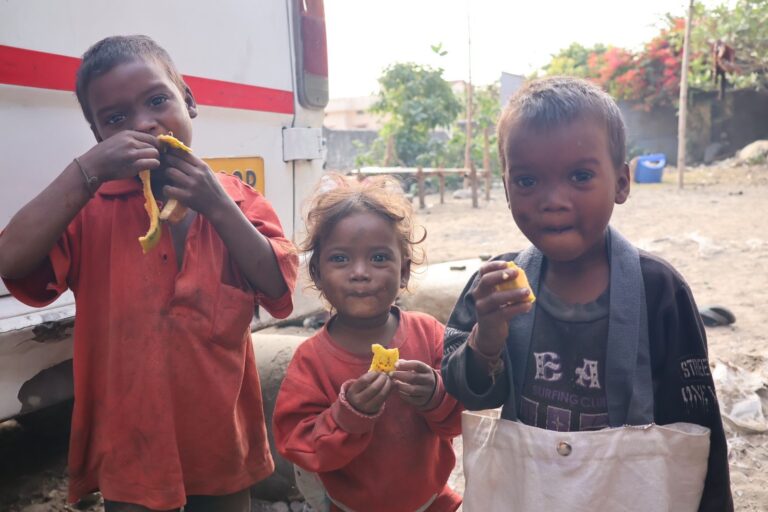
Dhalwala
Rishikesh’s Local
If you want to experience authentic local life in Rishikesh, head to Dhalwala. Located on the right side of the main road that leads into the city center, this area is less touristy and more residential.
Here you’ll find:
- Budget guesthouses in Rishikesh
- Simple eateries serving traditional Indian meals
- The main government veterinary hospital, a landmark known by many locals
Dhalwala is ideal for long-term visitors, volunteering, or simply living in Rishikesh on a budget.
The Market Area
Sacred Spots and Street Food
As the name suggests, this is the bazaar area, where you can find almost anything. But this part of Rishikesh is known not only for shopping. It’s also home to:
Triveni Ghat, the most important sacred bathing ghat in Rishikesh, where morning and evening aarti ceremonies happen. From this area, you can sometimes spot elephants across the river in the jungle. So, it is a magical sight for those wondering where to see elephants in Rishikesh.
Pappu Lassi is famous for the best lassi in Rishikesh. “Cool like the Ganges, legendary like the city.” A must-try for every traveler.
Rajasthani Restaurant, where dishes from all over India are served with heart
Elephant Story Triveni Ghat
A Bet, A Blazing Sun, and a Magical Elephant Sight
Like every foreigner who arrives in India for the first time, I had one wish: to see an elephant. I bet my friend that I would spot one first. The next day, after I shared my wish, one of the hotel cleaners told me, “Go to Triveni Ghat. You’ll definitely see them there.” But he didn’t say when, he just left it at that… Trusting his short and vague promise, we went there at the first opportunity. It was noon.
You know what “noon” means in India. The sun is directly overhead. So fiery, so blazing. You can’t even look at it. It forces your eyes shut. It clouds your mind. And, of course, elephants don’t come out to drink water under such a scorching sun. You can imagine how ridiculous we looked, standing under that merciless Indian sun at the famous Triveni Ghat, which was completely empty at that hour, trying to spot elephants on the opposite riverbank. On the other side, there were wild jungles, nothing but rocks, sand, twisted trees, and silence. And my sense of disappointment was reflected in the waters of the Ganges.
But then, suddenly, my friend shouted, “Look! Elephants, elephants! A whole family!” We touched the wild, the magical.
Later, we learned that elephants usually don’t appear at that time of day, and we got the feeling they came just at that moment for us.. to fulfill my wish… and to let me lose the bet to my friend. But in the end, we both won! It wasn’t about the bet, but about the small magical moment that we will always remember together.
Final Thoughts
Rishikesh is a living mosaic of cultures, traditions, and meanings. Choosing where to stay is not just about comfort – it’s also about feeling. Some places call you to stay longer than you planned. Others teach you to let go sooner than you expected. This is a city people return to – not just for yoga or ceremonies, but for something deeper than words. In Rishikesh, you might find your rhythm, your space, your why.
